
 |
| —*ADVERTISEMENT— |
 |
| CODE UPDATE | |
| Significant Code Changes to the 2012 International Building Code | |
| (The information below is excerpted from the Significant Changes to the 2012 International Codes series.) | |
| The use of 1/2-inch wood structural panels installed on the walking surface side of a floor assembly is now permitted as an alternative to the thermal barrier typically required where foam plastic insulation is installed within a floor assembly. The thermal barrier typically required where foam plastic insulation is installed beneath a walking surface must not only be an adequate barrier to protect the foam plastic but must also be durable enough to withstand the load and wear-and-tear that is needed for the floor. The new allowance is consistent with the minimum protection required for attics and crawl spaces and should eliminate confusion about what level of protection is needed for floor assemblies containing foam insulation, such as those where structural insulated panels are used. Click to continue reading more on this update to the 2012 IBC Significant Changes. |
|
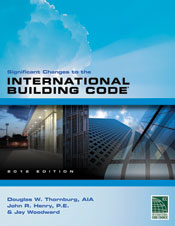  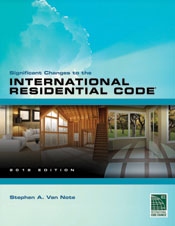  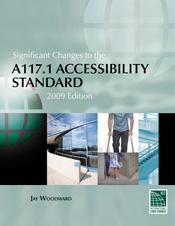 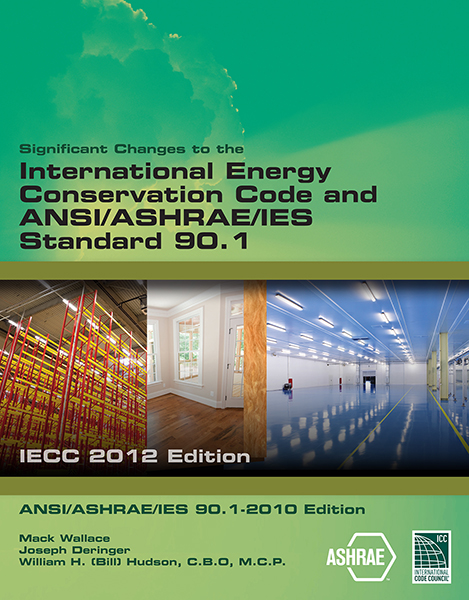 |
The Significant Changes to the 2012 International Codes series is designed to assist code officials, architects, engineers and other construction professionals transitioning from the 2009 to the 2012 editions of the International Codes. Authored by ICC code experts, the series offers a comprehensive yet practical analysis of hundreds of the most critical changes. Each color publication contains: revised code text; a summary of each change listed; in-depth change analysis; and a detailed photo, illustration or table for each change to deepen understanding. Coverage reflects provisions with special significance, including new and innovative design ideas and technologies, modern materials and methods of construction, and current approaches to safety and stability. |
| Back to top | |
| —*ADVERTISEMENT— |
 |
| CODE BASICS |
| Residential, Based on the 2012 International Residential Code |
| (The information below is excerpted from the 2012 Building Code Basics series.) |
| Provisions for accessory buildings consider the buildings accessory to and incidental to the dwelling. Provisions for existing buildings allow the legal occupancy of buildings to continue without fully complying with current codes. As with other International Codes, the International Residential Code (IRC) provides relief for existing buildings. Click to continue reading more on accessory and existing buildings from the Building Code Basics: Residential, Based on the 2012 IRC. |
| Back to top |
| —*ADVERTISEMENT— |
 |
| CODE HANDBOOK | |
| 2012 International Building Code Handbook | |
| (The information below is excerpted from the 2012 International Building Code Handbook.) | |
| The fire separation distance describes that distance between the exterior surface of a building and one of three locations—the nearest interior lot line; the centerline of a street, alley or other public way; or an imaginary line placed between two buildings on the same lot. Click to continue reading more on fire separation distance in this excerpt from the 2012 International Building Code Handbook. |
|
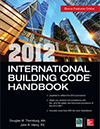 |
The 2012 International Building Code Handbook is a comprehensive, full-color guide to the entire 2012 International Building Code (IBC). Authored by ICC code experts and published by McGraw-Hill to assist code officials, architects and engineers in understanding the code, this publication covers both structural and fire- and life-safety provisions. This time-saving resource makes it easy to understand and apply complex IBC requirements and achieve compliance. |
| Back to top |
 |